Remember when smartwatches first promised to change how we glance at our wrists? Apple Watch and Samsung Galaxy Watch grabbed the spotlight, sure, but a quieter favorite won hearts with simplicity and battery life that seemed to last forever. That beloved underdog is back, and the tech crowd is buzzing.
The revival of Pebble's app marketplace marks a real moment for wearables. The platform returns with the original 2,000 applications and 10,000 watch faces, plus fresh content developed since 2016, according to Android Authority: https://www.androidauthority.com/pebble-smartwatch-app-store-revival-3606279/. And it is not just a museum of old hits. The store adds better discovery tools with recommendation algorithms that help you find relevant apps, and social media sharing now includes proper previews for watch faces, Android Authority reports: https://www.androidauthority.com/pebble-smartwatch-app-store-revival-3606279/.
You can reach the revived marketplace through updated mobile apps on Android and iOS, though the team admits the experience is not fully polished yet, as noted by Android Authority: https://www.androidauthority.com/pebble-smartwatch-app-store-revival-3606279/. Rough edges, yes. Still, seeing this platform get a second wind feels remarkable.
Why this revival matters in today’s smartwatch landscape
The timing is not random, it matches how app distribution has shifted. Developers once had only Google Play Store and the Apple App Store. Today, there are many more routes to users, according to Pixel Genesys: https://www.pixelgenesys.com/blogs/mobile-app-stores-list/. By 2025 the digital marketplace has diversified, with alternative and specialized stores offering better visibility and engagement opportunities, Pixel Genesys notes: https://www.pixelgenesys.com/blogs/mobile-app-stores-list/.
That fragmentation creates openings for niche platforms like Pebble. Consider the numbers. Google Play Store hosts over 2.6 million applications and Apple’s App Store contains more than 2.1 million apps, data from Pixel Genesys shows: https://www.pixelgenesys.com/blogs/mobile-app-stores-list/. Getting noticed in that crowd is like waving a flyer in Times Square on New Year’s Eve. Alternative stores often offer better promotional deals and discounted premium versions than the major platforms, research from Orange Soft indicates: https://orangesoft.co/blog/alternative-app-stores.
For smartwatch apps, the case is even stronger. The ecosystem has always skewed toward focused utility rather than flashy graphics. Pebble leaned into that, prioritizing battery life and practical features. That niche still resonates with people who want a tool, not a tiny phone on the wrist. Not everyone needs a watch that burns through a charge in a day trying to mimic a handset.
What’s actually new in the revived store
Pebble did more than unlock the vault. It modernized the experience to fix long-standing pain points. Intelligent recommendations now suggest similar apps based on your preferences, so discovery finally feels sane, Android Authority reports: https://www.androidauthority.com/pebble-smartwatch-app-store-revival-3606279/. The chaotic hunt through an unorganized sea of options, that was the old story.
Sharing got a boost too. Rich preview functionality lets users show off watch faces on social platforms with accurate visuals, according to the same source: https://www.androidauthority.com/pebble-smartwatch-app-store-revival-3606279/. Small feature, big ripple, because in 2025 a lot of discovery happens through social feeds and communities, not just category pages.
The roadmap is bolder. Planned features include browser-based app testing through emulator tech, so you can try apps before installing; automated systems to detect broken APIs and problematic settings pages; and better categorization with improved discovery algorithms, Android Authority details: https://www.androidauthority.com/pebble-smartwatch-app-store-revival-3606279/. There is also discussion of highlighting lesser-known applications that have not seen much engagement, giving hidden gems a real shot, the report adds: https://www.androidauthority.com/pebble-smartwatch-app-store-revival-3606279/.
Together, these updates show the team has studied how app ecosystems evolved, then applied lessons about discovery, social integration, and quality checks that modern users simply expect.
The technical foundation supporting this comeback
The technical story is a case study in open-source rescue jobs. Google made Pebble’s source code public after acquiring Fitbit, which had previously purchased Pebble in 2016, LinkedIn analysis reveals: https://www.linkedin.com/pulse/pebbles-revival-could-bring-back-one-thing-smartwaches-atjse. That release laid groundwork for community preservation and this official revival, a rare win where an acquisition helps the wider ecosystem.
The community-driven Rebble project kept the lights on. It let existing Pebble devices maintain functionality independently, How-To Geek explains: https://www.howtogeek.com/your-old-pebble-watch-will-come-to-life-with-the-new-app/. Users could migrate from the original Pebble web services to community-maintained servers, restoring much of the original functionality, the same source notes: https://www.howtogeek.com/your-old-pebble-watch-will-come-to-life-with-the-new-app/.
Compatibility is another bright spot. Older Pebble watches on firmware 3.x and above will work with the new companion apps launching alongside newer hardware, according to How-To Geek: https://www.howtogeek.com/your-old-pebble-watch-will-come-to-life-with-the-new-app/. Community developers are also working to port the newly open-sourced PebbleOS to older hardware, though that is not the primary focus of the official revival effort, How-To Geek reports: https://www.howtogeek.com/your-old-pebble-watch-will-come-to-life-with-the-new-app/.
It adds up to something unusual in consumer tech, a collaboration across open-sourcing, community grit, and commercial effort that supports multiple generations of hardware.
Looking ahead: what this means for wearable tech
Pebble’s return spotlights gaps the big players still leave open, especially around developer access and platform philosophy. The original ecosystem thrived by making development easy and customization central, with free registration and development when major platforms charged fees, Information Week noted in historical coverage: https://www.informationweek.com/it-leadership/pebble-boosts-smartwatch-game-with-appstore.
That approach matches broader distribution trends. Many third-party stores offer more favorable revenue sharing and promotional opportunities than Google Play and Apple’s App Store, Orange Soft research indicates: https://orangesoft.co/blog/alternative-app-stores. Distributing across multiple stores has become a practical growth strategy, Pixel Genesys analysis shows: https://www.pixelgenesys.com/blogs/mobile-app-stores-list/. Put simply, platforms that treat developers well, and connect them with engaged communities, have room to thrive.
The smartwatch market could use that variety. Apple Watch dominates premium, Wear OS covers Android, yet there is steady appetite for simplicity, long battery life, and developer-friendly rules. The persistence of the Rebble community proves people will invest time and effort to keep that style of platform alive.
Maybe this sparks more wearable ideas that chase focused utility instead of phone replacement. I would not mind that future.
The bottom line on Pebble’s return
Pebble’s app store revival shows how a passionate community can resurrect a platform after shutdown, and it validates an alternative path for wearables in a market that often feels uniform. The restored marketplace brings back thousands of applications and watch faces while adding modern discovery features that address old limitations, Android Authority confirms: https://www.androidauthority.com/pebble-smartwatch-app-store-revival-3606279/. Technical compatibility with legacy devices means existing users can benefit right away, How-To Geek reports: https://www.howtogeek.com/your-old-pebble-watch-will-come-to-life-with-the-new-app/. The broader trend toward diversified app distribution opens doors for specialized platforms to serve niche communities effectively, industry analysis from Pixel Genesys suggests: https://www.pixelgenesys.com/blogs/mobile-app-stores-list/.
Whether it grabs big market share is an open question. It already proved something else, that simple, developer-friendly wearables still have a devoted following. If you missed Pebble the first time, or want an alternative to the mainstream ecosystems, this comeback is a nudge to rethink what you really want on your wrist.
Bottom line, sometimes the way forward is to remember what worked. Pebble’s return is not about matching Apple Watch feature for feature, it is about offering something different in a crowded, look-alike market. That might be exactly what smartwatches need right now.




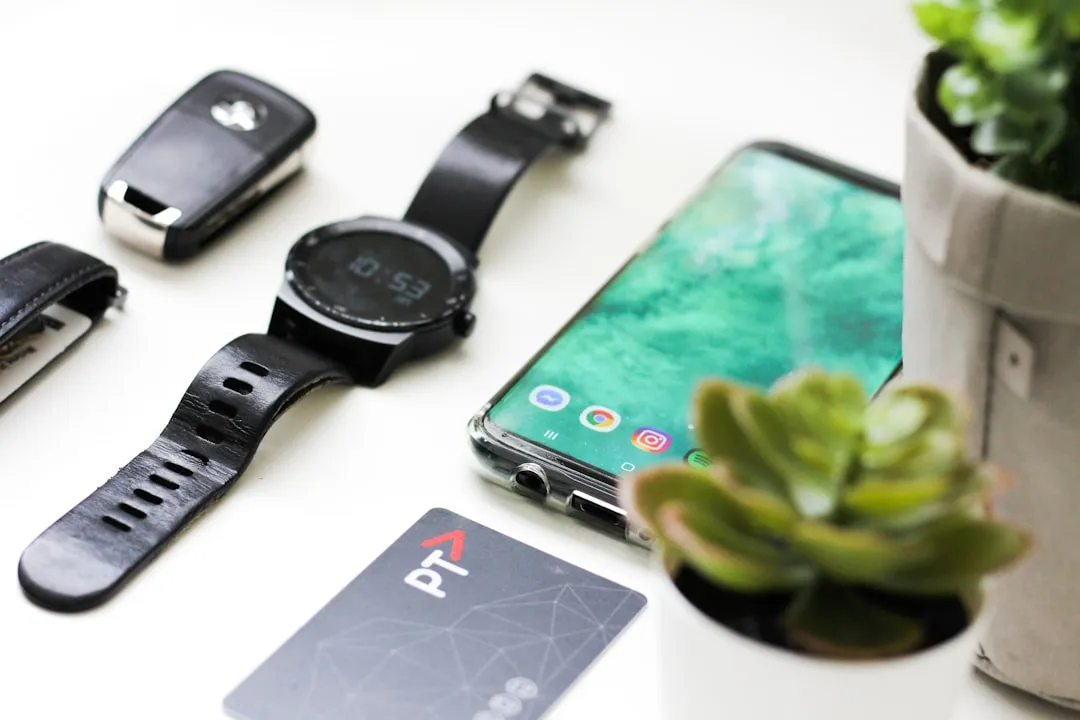


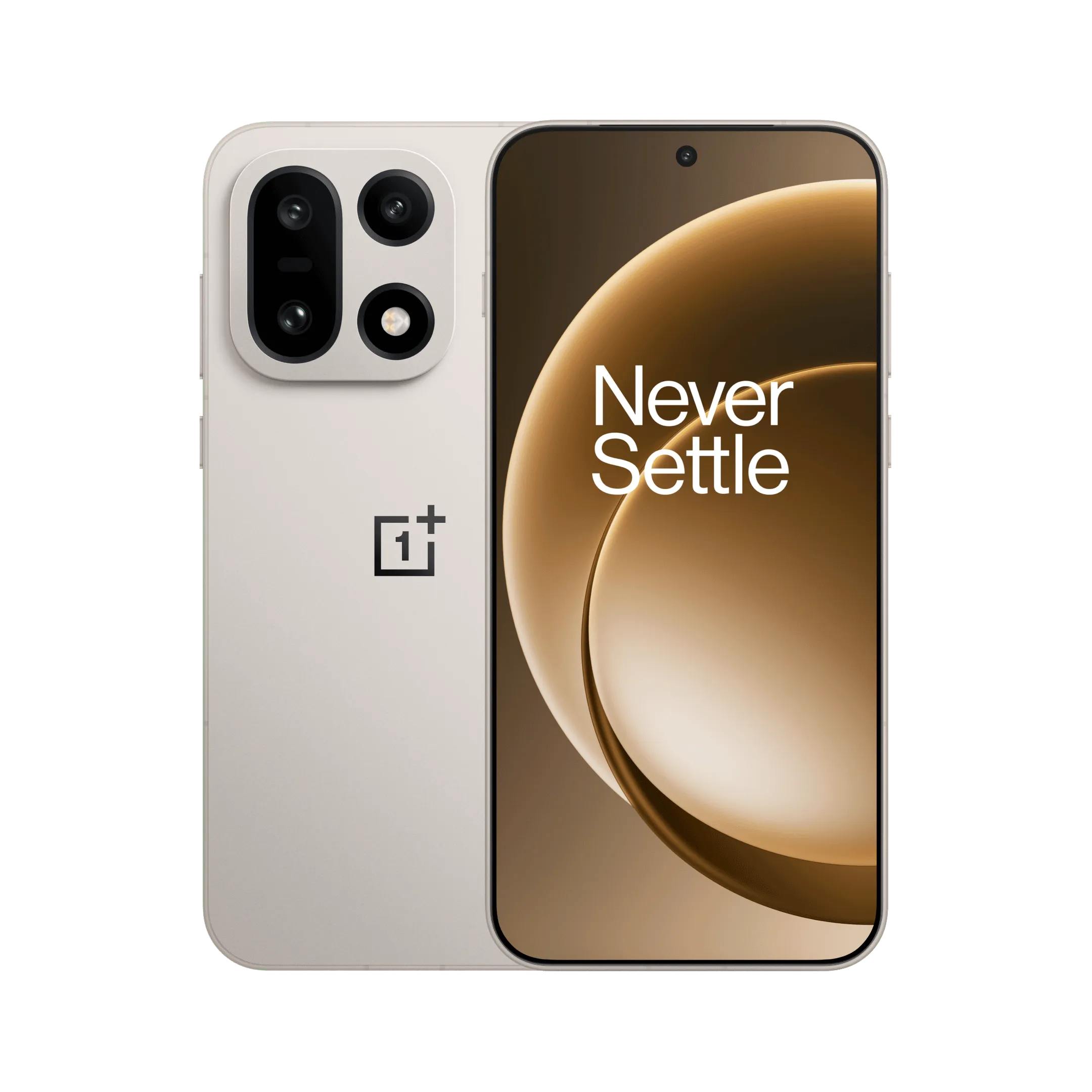

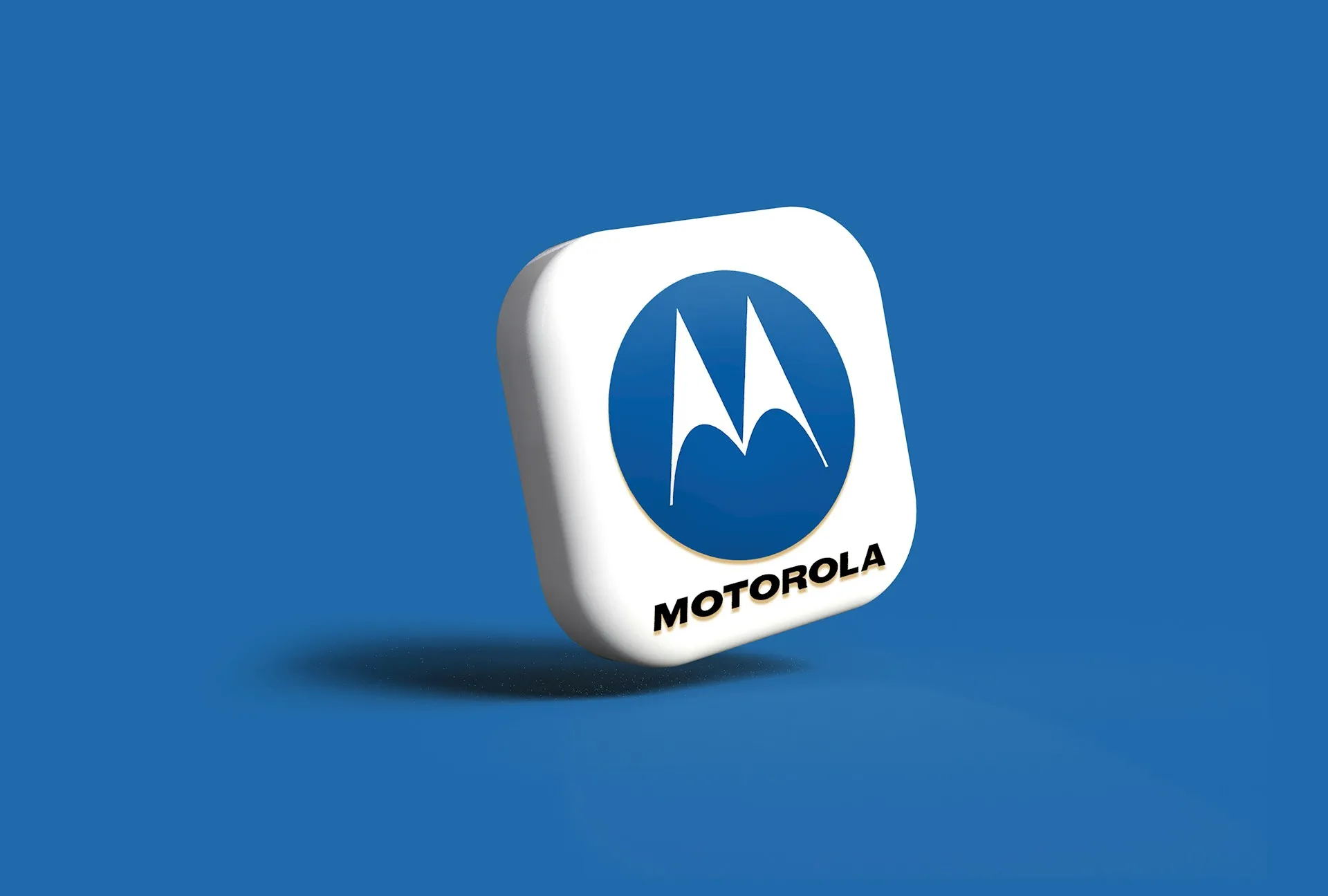
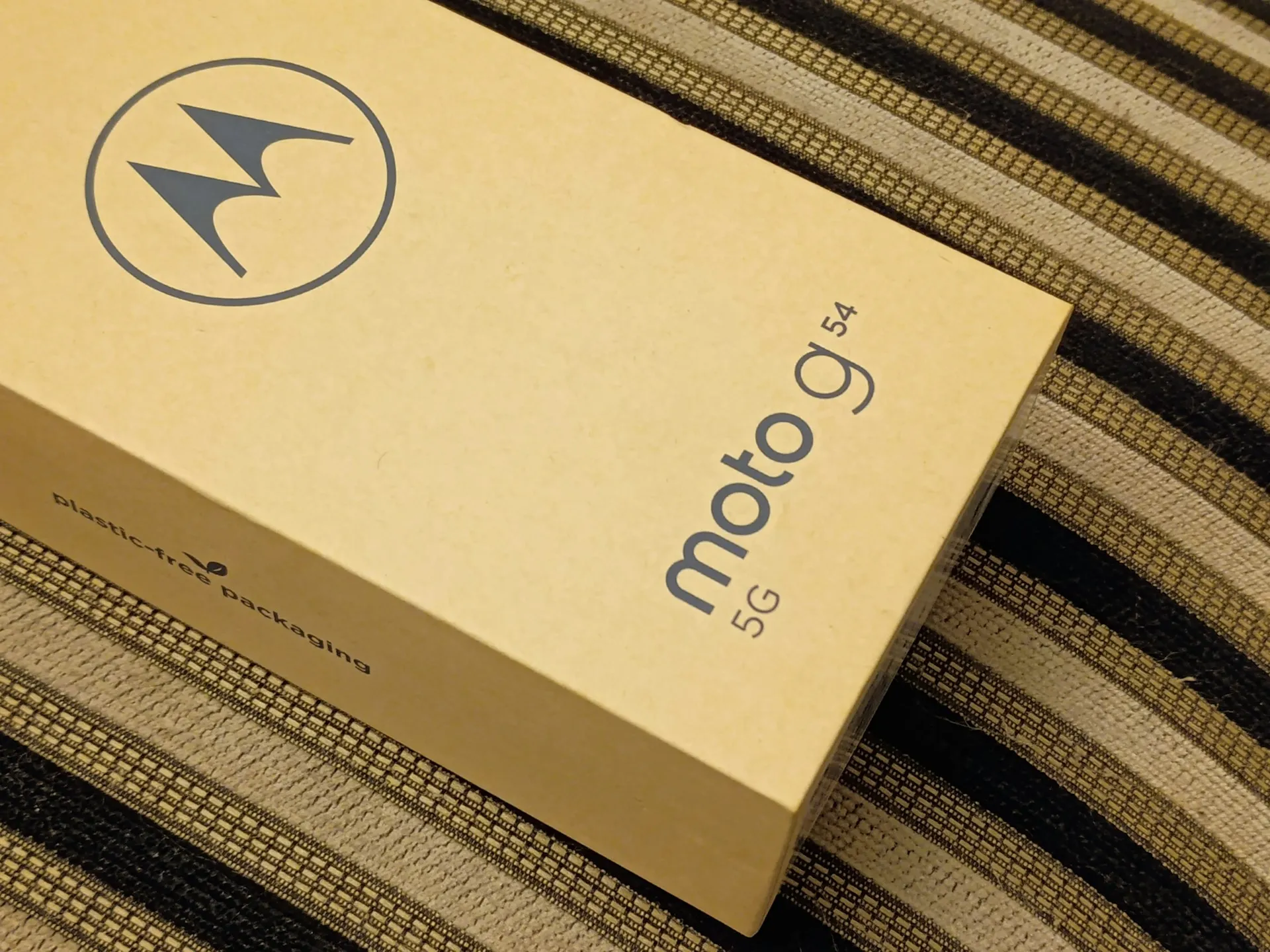

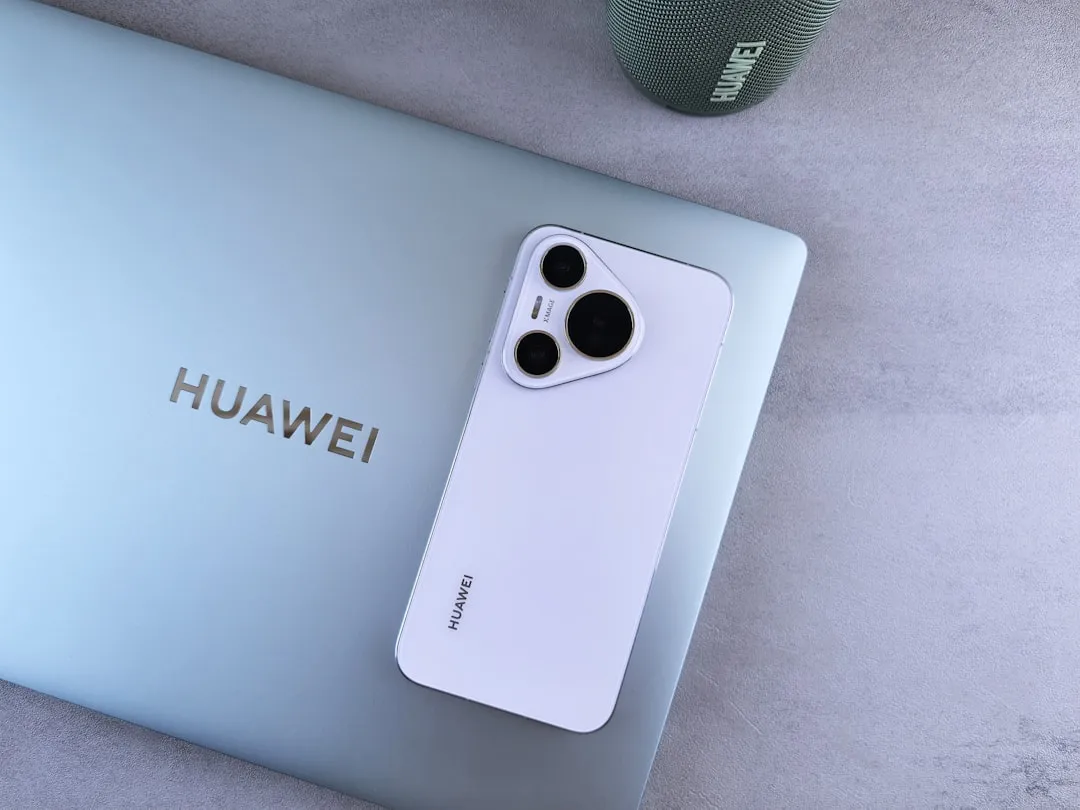

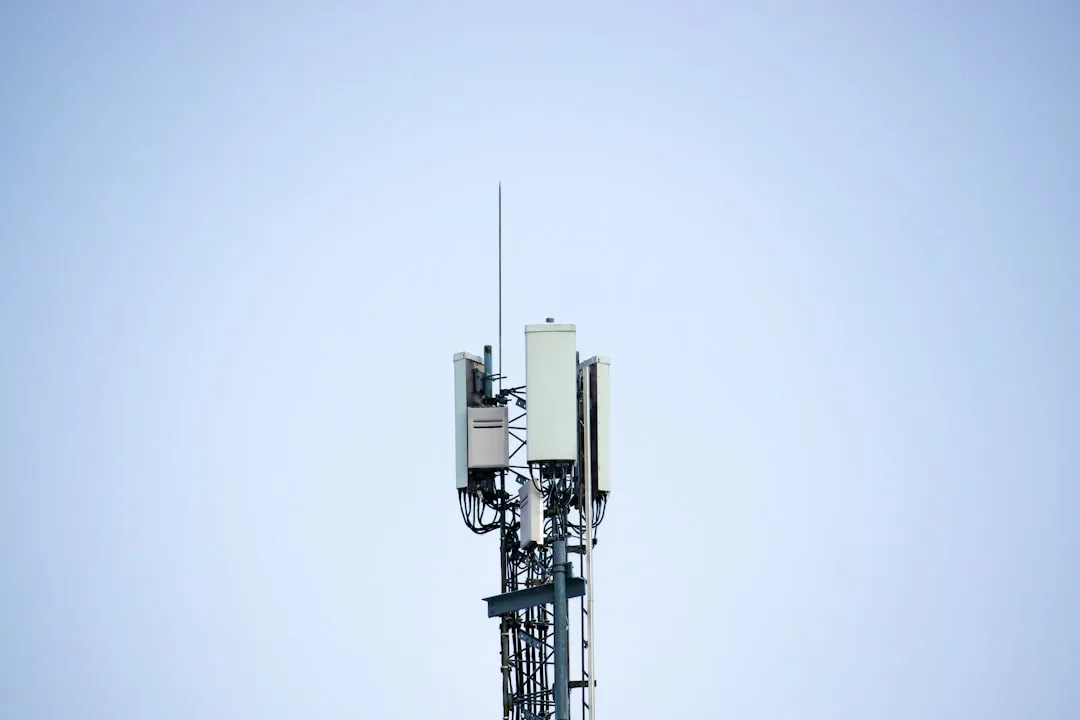


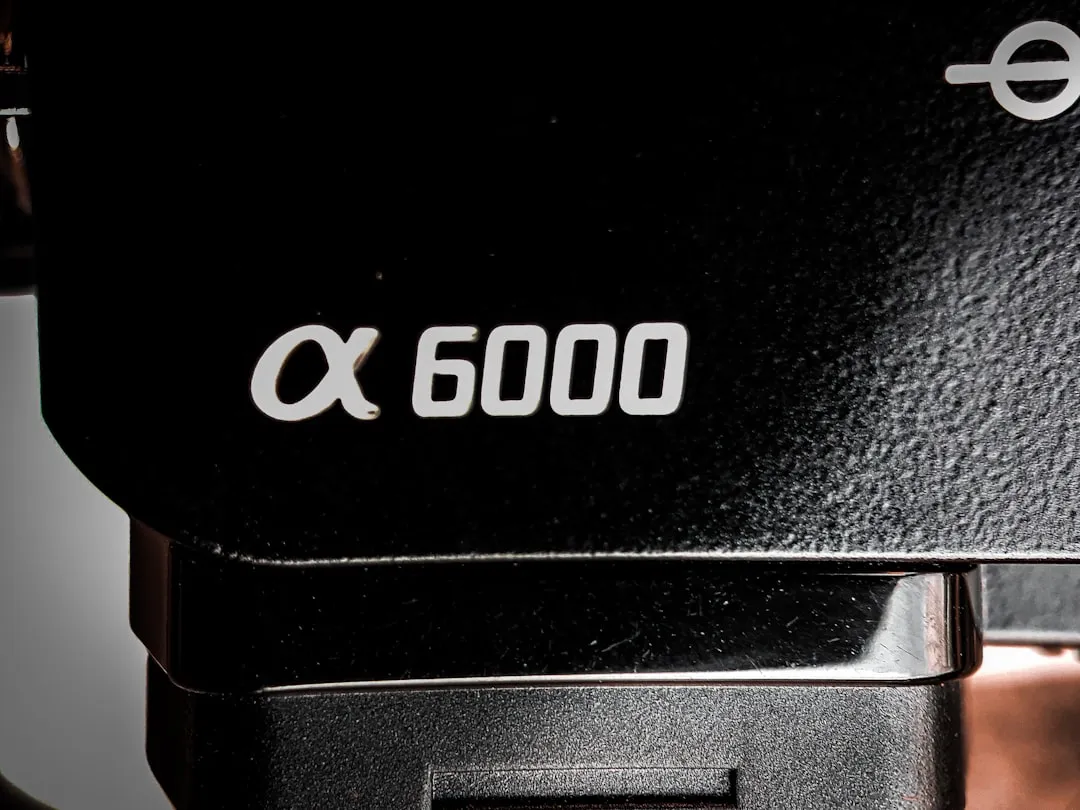
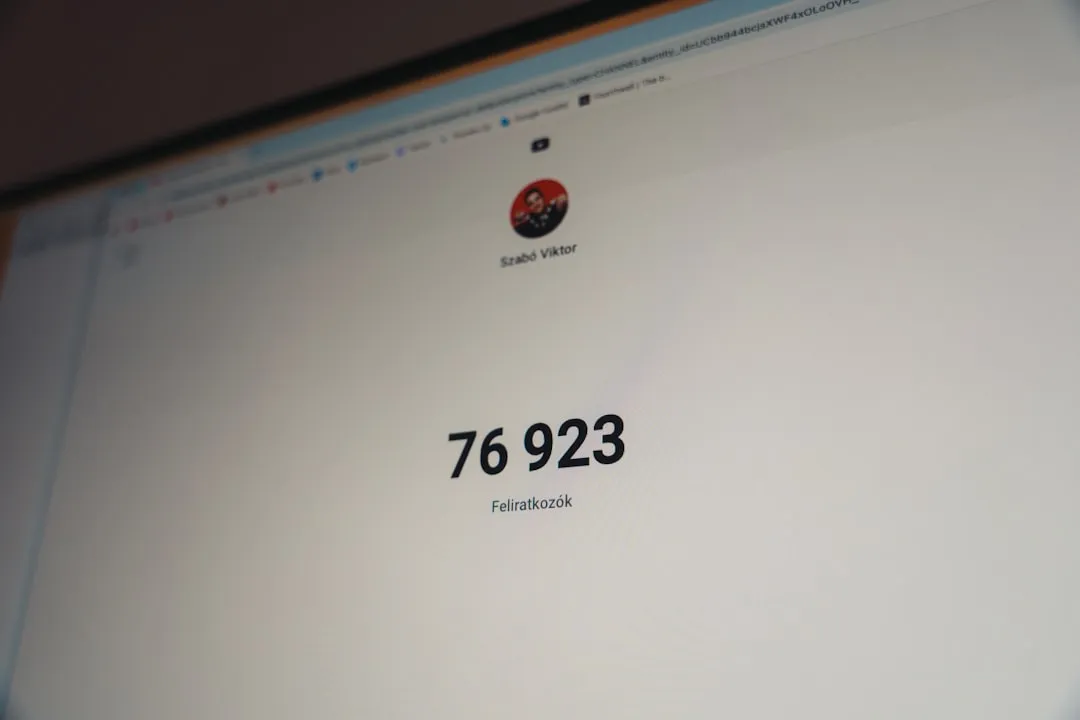
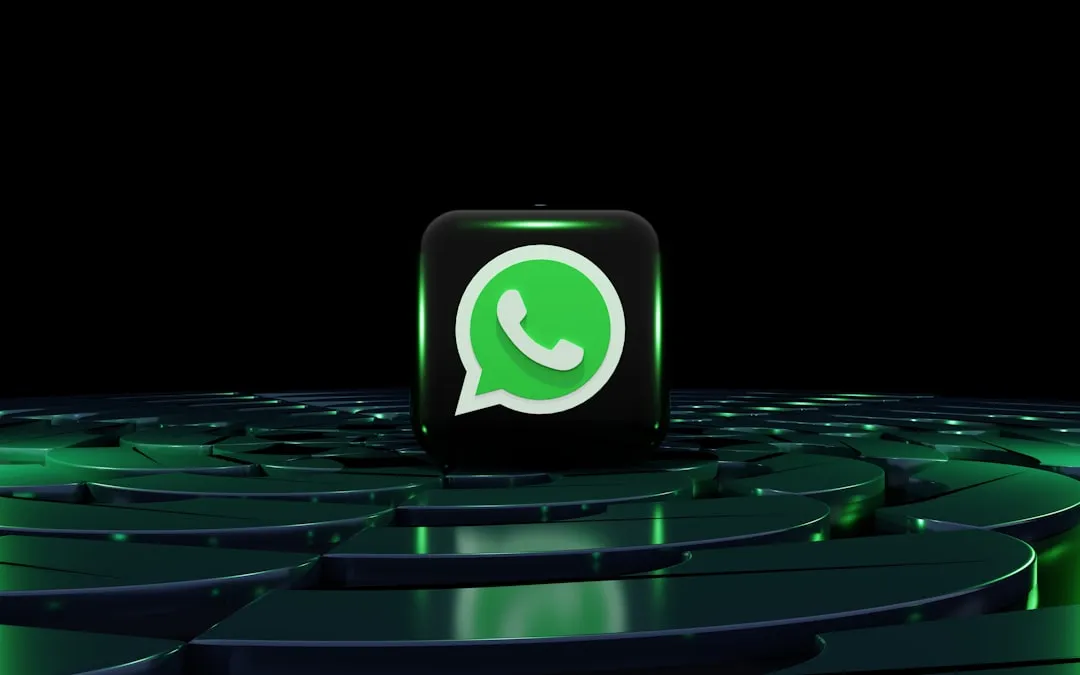
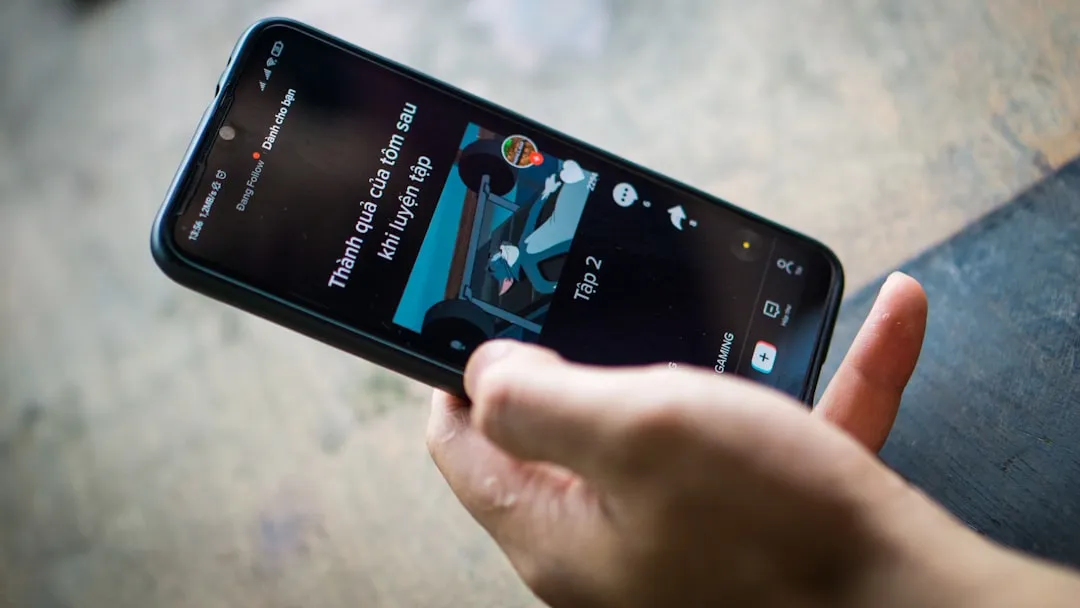


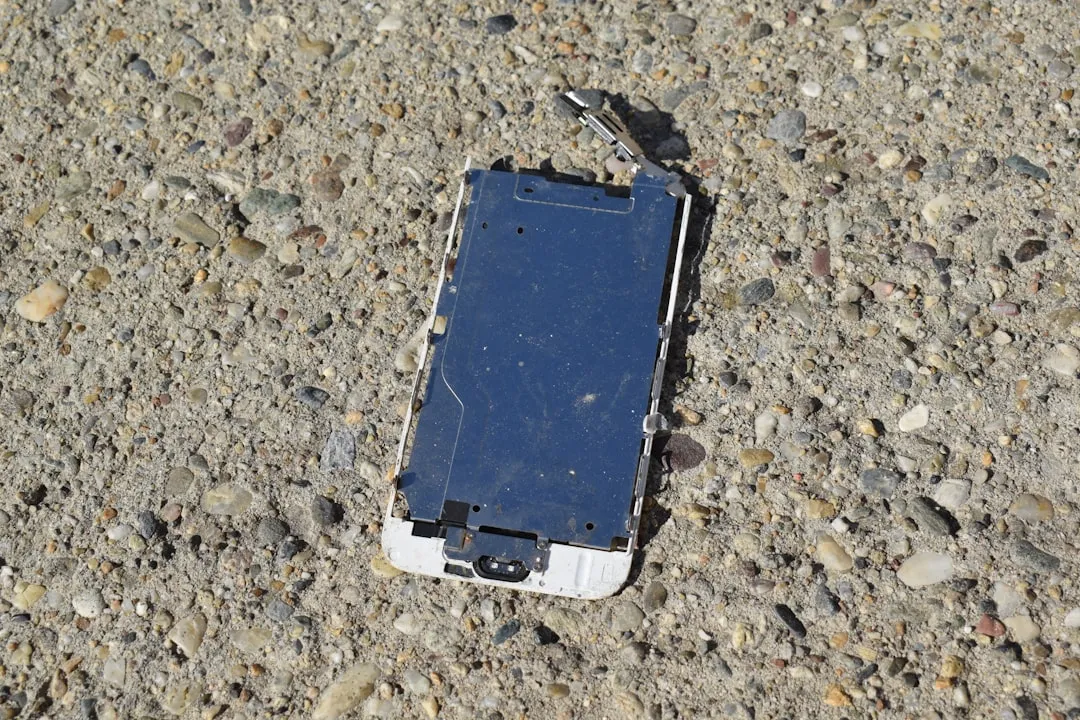

Comments
Be the first, drop a comment!